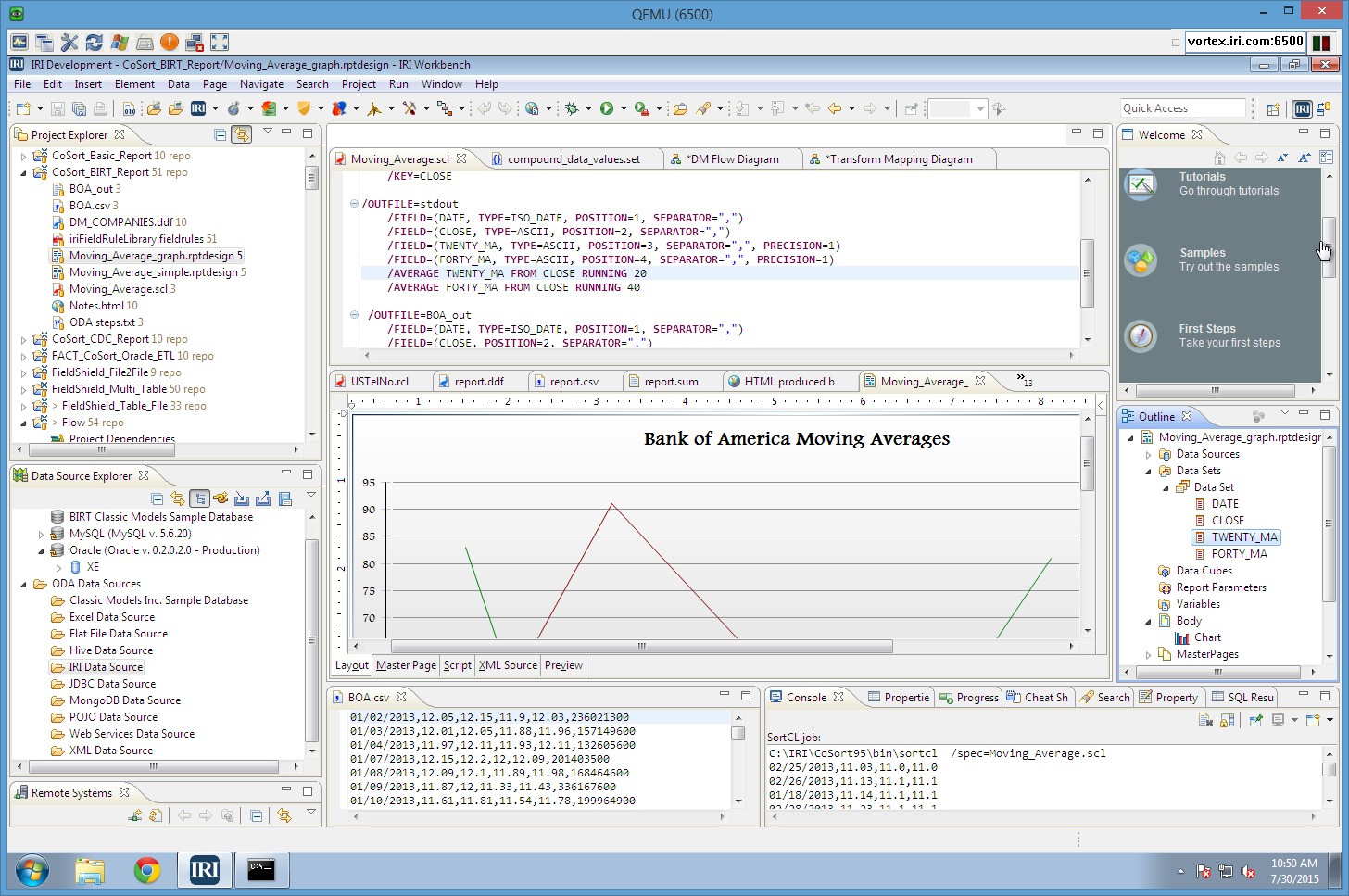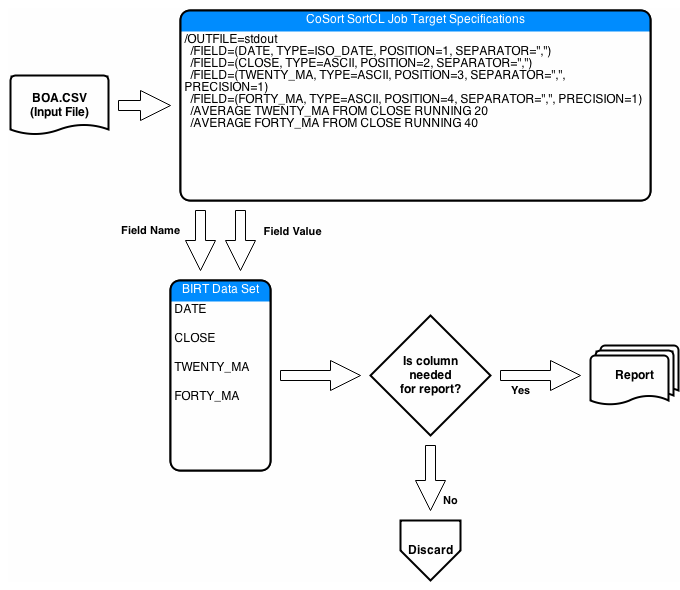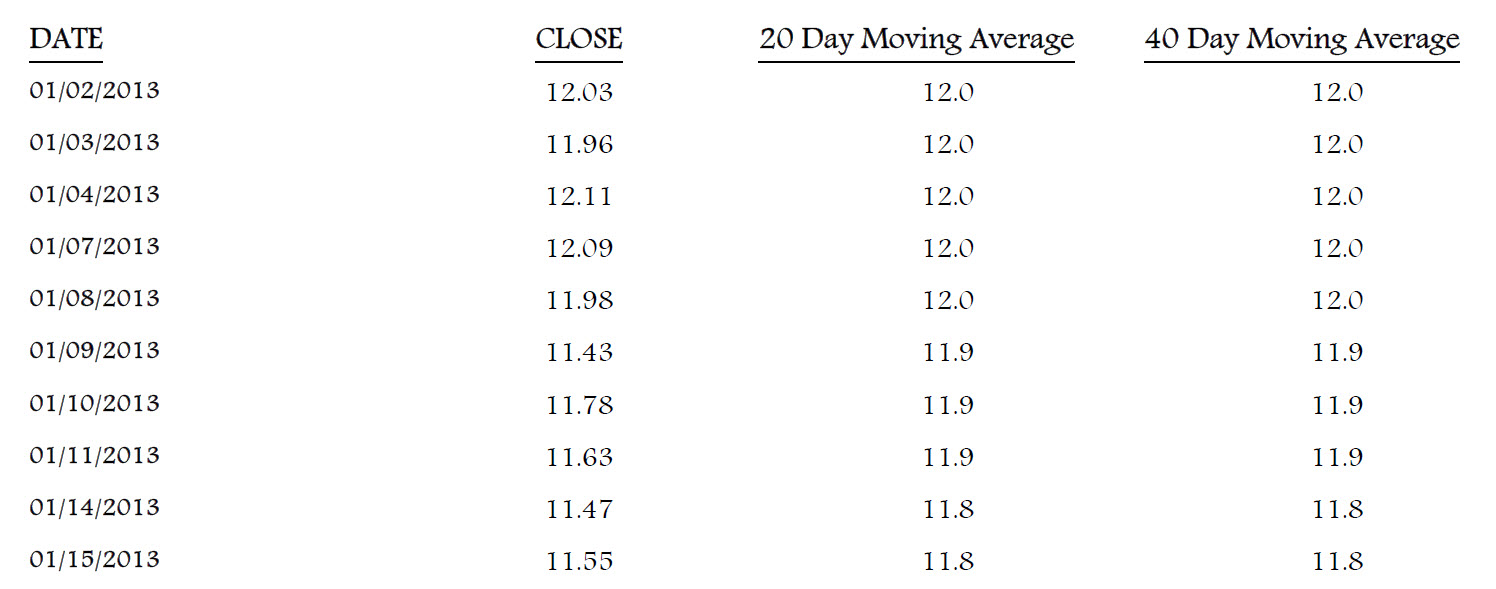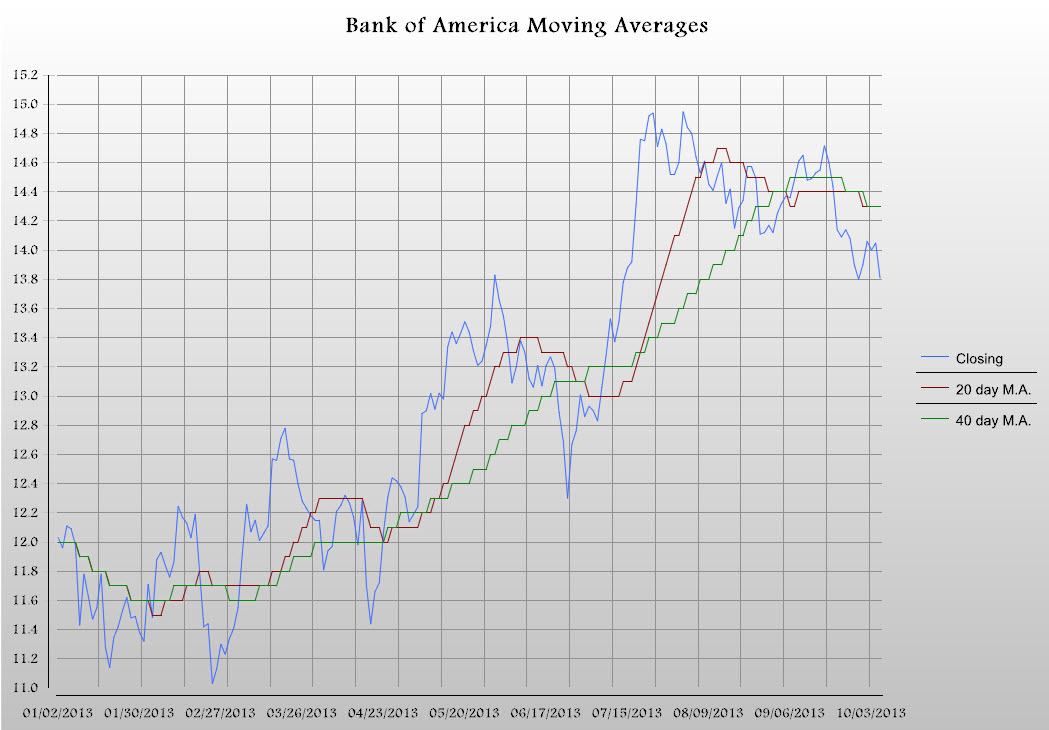Business Intelligence Reporting Tool (BIRT) is the free, open source reporting system built on Eclipse™. Millions of developers worldwide use BIRT.

BIRT is also the foundation of the OpenText BIRT iHub, a commercial extension for advanced dashboards, scorecards, predictive analytics, and other sophisticated data visualizations and rich internet applications.
IRI collaborated with OpenText to combine fast data preparation with free or commercial BIRT visualizations in Eclipse. BIRT works directly with the SortCL program licensed to IRI CoSort or IRI Voracity users in the same Eclipse pane of glass to produce powerful reports from immediate fit-for-purpose data sets.
Specifically, SortCL data preparation programs wrangle data in disparate data sources for BIRT users by filtering, cleansing, sorting, joining, aggregating, masking, and formatting their data, then passing it into BIRT, either:
- statically, by producing flat (CSV) file subsets that BIRT can rapidly ingest and use as a data source
OR
- dynamically, via in-memory transfer of wrangled results into industry-drive BIRT templates (through ODA in Eclipse)

This dynamic integration provides for seamless metadata exchange and data flows for end-to-end data preparation and presentation -- from SortCL to BIRT. For more information, see this announcement and this how-to article.
Now you can easily and quickly prepare data for BIRT reports without leaving Eclipse or resorting to a database, Hadoop, third-party ETL, or expensive data blending engine. The SortCL program inside the IRI CoSort data transformation product or IRI Voracity data management platform feeds data and metadata directly into BIRT at reporting time, so you can focus on data presentation, not preparation.
Prepare Data Fast
Data preparation (transformation) in the IRI CoSort SortCL program can occur before or during BIRT reporting operations.
Before BIRT, SortCL can hand off data to a CSV file or a DB table that BIRT can use.
During BIRT, the SortCL outputfield and metadata pass to BIRT via ODA in real-time.
Building a BIRT report that uses SortCL-prepared data in real-time is as simple as it is efficient.
- Create or modify the SortCL data preparation job in IRI Workbench where BIRT is running. In the SortCL script, your first target definition section must specify
/OUTFILE=stdoutso the birt report will use the standard output of SortCL as its "IRI Data Source." - Ensure that all
/OUTFILEfields included in your report also specify supporting fields. For example, include the/SUMMARYfields so their formatted fields get populated with aggregate values. - Tell your BIRT template to use the output fields name in the stdout section of the SortCL script, so those values feed the display. BIRT can also perform further calculations on the SortCL results, if necessary.
Note that you can also independently target other file, table, and/or procedural targets while generating stdout for BIRT.
Move It Through ODA
Open Data Access (ODA) allows BIRT and the SortCL data transformation and masking program in CoSort to communicate at reporting time.

Through the ODA connection, BIRT reads and runs the SortCL script of your choice so you can create reports and charts of endless design possibilities. This diagram show the bsic flow of data from the original file through SortCL and to BIRT.
Since running a report runs the SortCL script, any changes made to the script are effortlessly added to the report. Simply make your change, save it, and refresh or rerun your report. There is no need to recreate the connection or change anything else.
Use BIRT Templates

BIRT reports can now make direct use of the data that all IRI software (using SortCL as its foundation*) rapidly prepares. BIRT templates or report designs can be simple or complex.
The sample reports both used the same input data and a Voracity or CoSort SortCL job script. The source data was the closing prices for Bank of America stock in September 2013. Windowed aggregate lag functions in SortCL were used to create 20-day and 40-day moving average intersections. Moving standard deviations is also supported.

The BIRT report shows a basic columnar layout with headers to organize the data.
This next BIRT report graphs the same results in a way that users can more readily understand.
Advanced Analytics
Linear Regression with BIRT/Statistical Libraries
With IRI Voracity and open source Boost libraries, you can simultaneously:
- process big data from any number of sources
- predict trends with linear regression analytics
- include all the reporting data and labels you need
and design it all in the same pane of glass, built on Eclipse™.
Learn how to Boost your analytics with Voracity and BIRT
Commerical BIRT Extensions
With OpenText Analytics Designer, you can design and create dynamic reports with embedded analytics, visualizations, personalized dashboards, and more.
The enterprise-grade software allows uers to extract more information from their data. You can leverage the extension to create hundreds of HTML5-powered charts and maps, and perform impact analysis.


